Photo Credit: John Morrison
Case Studies
Real-world examples bring to life the true value of the Conservation Standards for conservation planning, management, implementation, and monitoring. Here we share case studies of teams applying the Conservation Standards and how it has made a difference for their conservation work. We also share examples of organizations that have adopted or internalized the Conservation Standards and how they have adapted them for their own use. Projects from around the world are featured in an interactive map.
Featured Case Study
Anne Ntongho, a Senior Monitoring and Evaluation Officer at WWF, works to co-develop projects and strategies using the Conservation Standards, as well as monitoring and supporting colleagues and partners in various conservation initiatives across Cameroon and Central Africa.
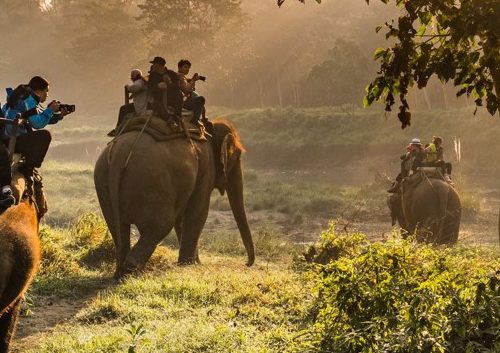 Measuring effectiveness of community-led business ventures for conservation – USAID
Measuring effectiveness of community-led business ventures for conservation – USAID
 Yarning the Yourka Reserve with Bush Heritage
Yarning the Yourka Reserve with Bush Heritage
Yarning the Yourka Reserve with Bush Heritage
 10 years of bolstering Boolcoomatta with Bush Heritage
10 years of bolstering Boolcoomatta with Bush Heritage
10 years of bolstering Boolcoomatta with Bush Heritage
 Securing habitat for the Oregon silverspot butterfly
Securing habitat for the Oregon silverspot butterfly
Securing habitat for the Oregon silverspot butterfly
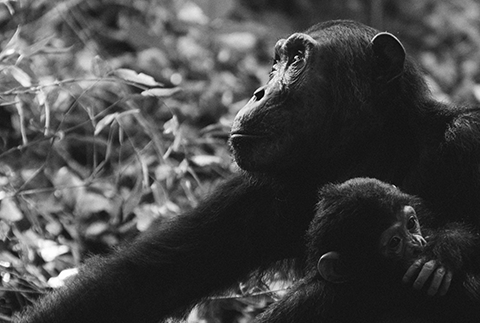 Managing chimpanzee habitats in the Greater Gombe Ecosystem
Managing chimpanzee habitats in the Greater Gombe Ecosystem
Managing chimpanzee habitats in the Greater Gombe Ecosystem
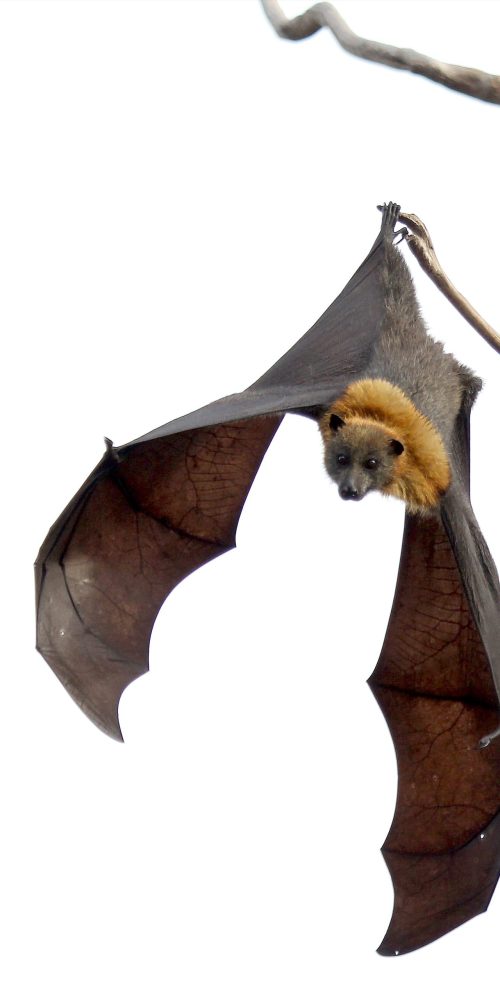 Adopting the Conservation Standards to save bats
Adopting the Conservation Standards to save bats
Adopting the Conservation Standards to save bats
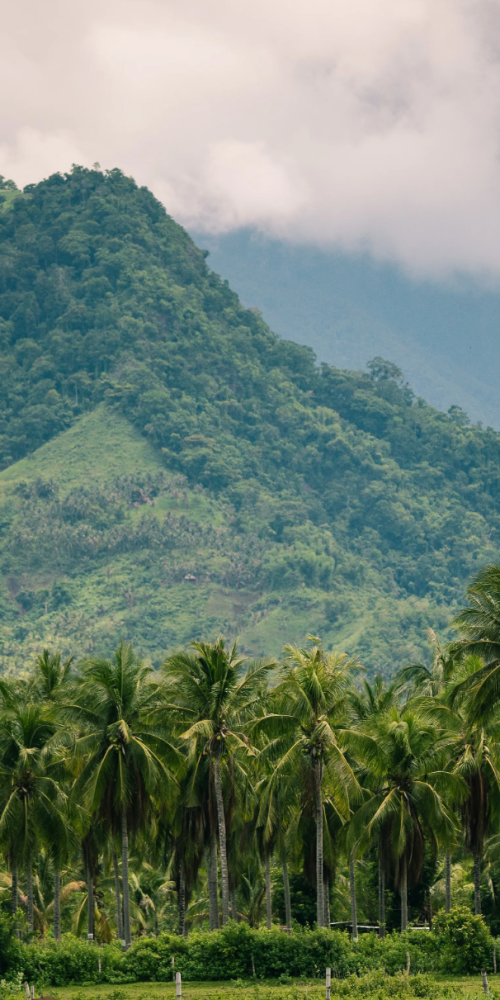 Safeguarding the important Mount Mantalingahan landscape
Safeguarding the important Mount Mantalingahan landscape
Safeguarding the important Mount Mantalingahan landscape
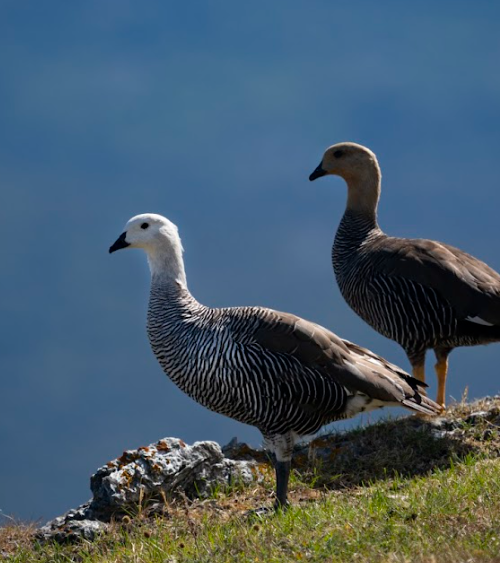 Managing Chile’s diverse system of Protected Areas
Managing Chile’s diverse system of Protected Areas
Managing Chile’s diverse system of Protected Areas
 Using the Standards to help the Chilean wine palm
Using the Standards to help the Chilean wine palm
Using the Standards to help the Chilean wine palm
 Using the CS to prevent illegal transport of endangered species
Using the CS to prevent illegal transport of endangered species
Using the CS to prevent illegal transport of endangered species
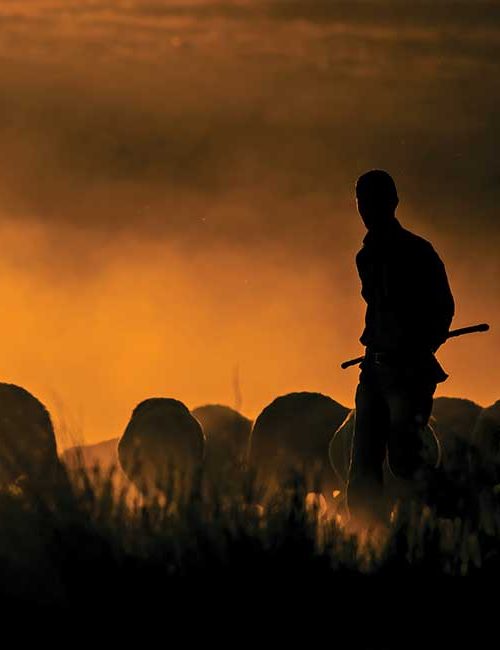 Working in partnership – ICF and EWT adopting the Standards
Working in partnership – ICF and EWT adopting the Standards
Working in partnership – ICF and EWT adopting the Standards
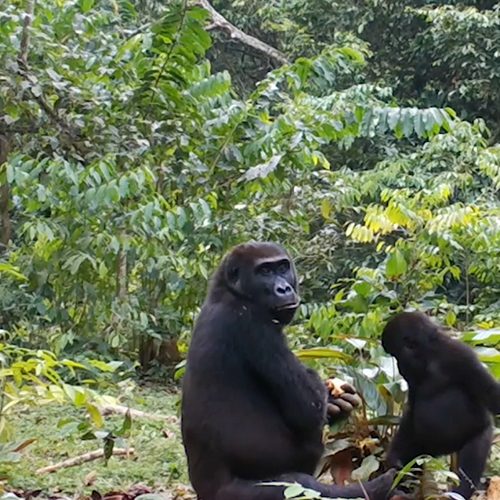 Using the Conservation Standards in Cameroon
Using the Conservation Standards in Cameroon
Using the Conservation Standards in Cameroon
 Saving cranes around the world with ICF
Saving cranes around the world with ICF
Saving cranes around the world with ICF
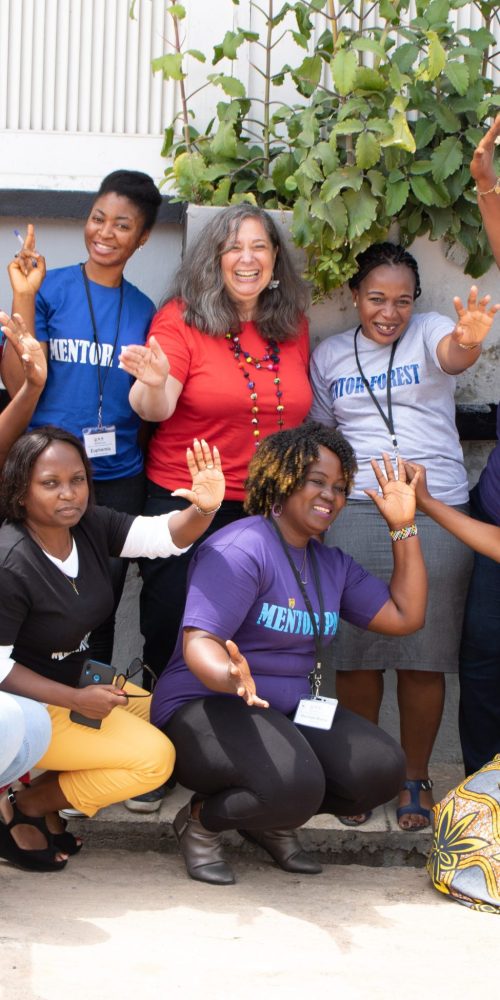 Mentoring new CS conservationists
Mentoring new CS conservationists
Mentoring new CS conservationists
 Carbon emissions reduction with TNC
Carbon emissions reduction with TNC
Carbon emissions reduction with TNC
 Managing diverse habitats – USFWS Refuge System
Managing diverse habitats – USFWS Refuge System
Managing diverse habitats – USFWS Refuge System
 Supporting communities and conservation with WCS – Peru
Supporting communities and conservation with WCS – Peru
Supporting communities and conservation with WCS – Peru
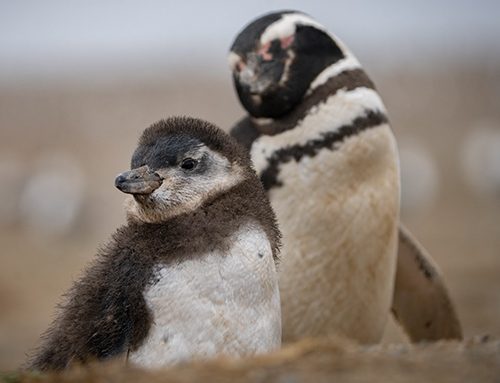 Preserving Chile with Corporación Nacional Forestal
Preserving Chile with Corporación Nacional Forestal
Preserving Chile with Corporación Nacional Forestal
 Combatting the illegal wildlife trade with USFWS
Combatting the illegal wildlife trade with USFWS
Combatting the illegal wildlife trade with USFWS
 Working alongside communities with WCS
Working alongside communities with WCS
Working alongside communities with WCS
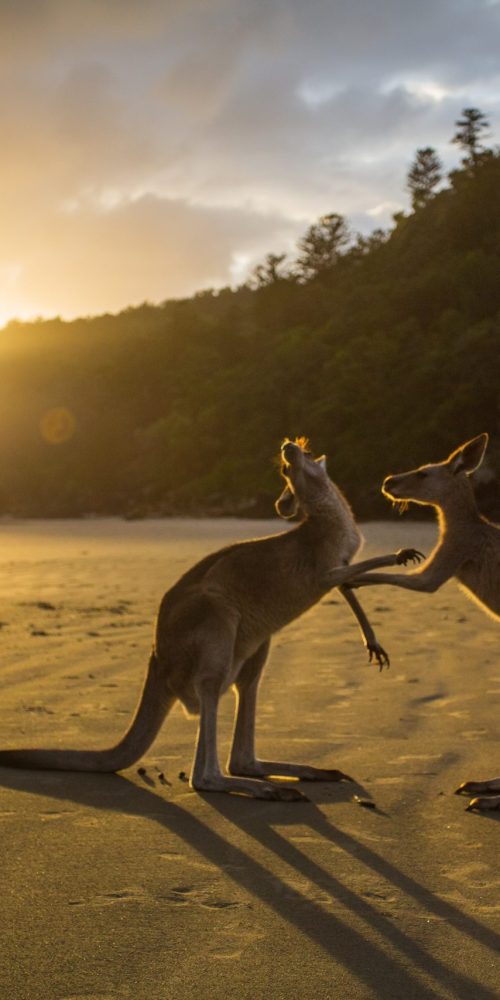 Conservation in Practice with Bush Heritage
Conservation in Practice with Bush Heritage
Conservation in Practice with Bush Heritage
 Preserving butterflies with The Florida Museum of Natural History
Preserving butterflies with The Florida Museum of Natural History
Preserving butterflies with The Florida Museum of Natural History
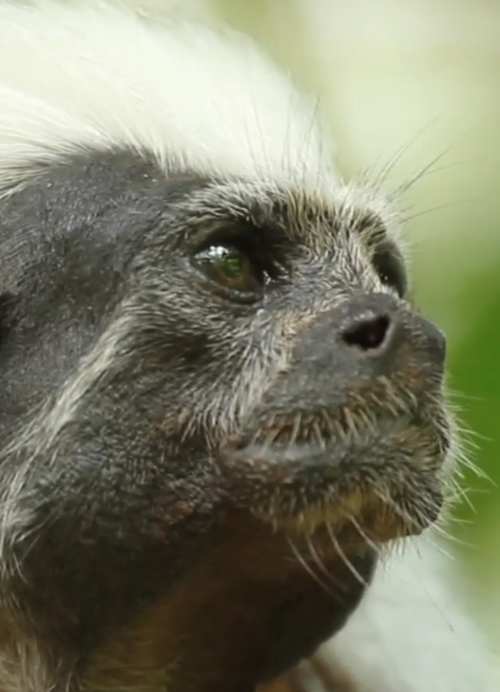 Conserving Colombia’s cotton-top tamarins
Conserving Colombia’s cotton-top tamarins
Conserving Colombia’s cotton-top tamarins
 Protecting Mongolia’s steppe and mountains
Protecting Mongolia’s steppe and mountains
Protecting Mongolia’s steppe and mountains
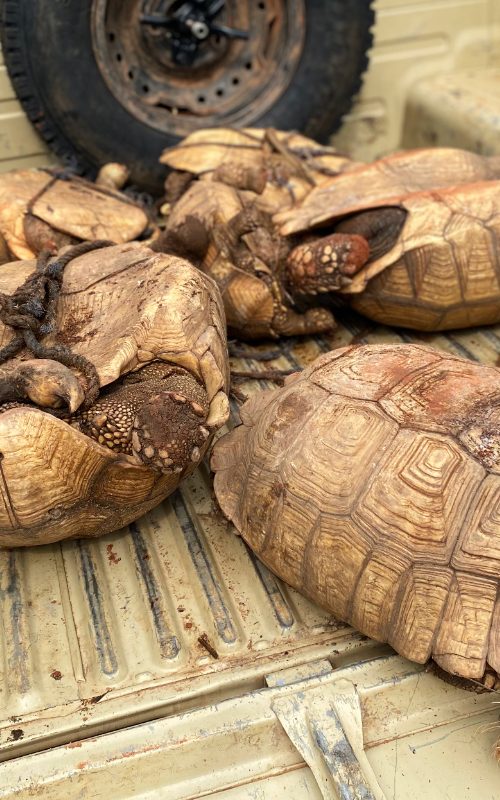 Operation tortoise transport: a case study in the Central African Republic
Operation tortoise transport: a case study in the Central African Republic
Operation tortoise transport: a case study in the Central African Republic
 The Great Lakes’ largest marsh: a case study in Point Pelee
The Great Lakes’ largest marsh: a case study in Point Pelee
The Great Lakes’ largest marsh: a case study in Point Pelee
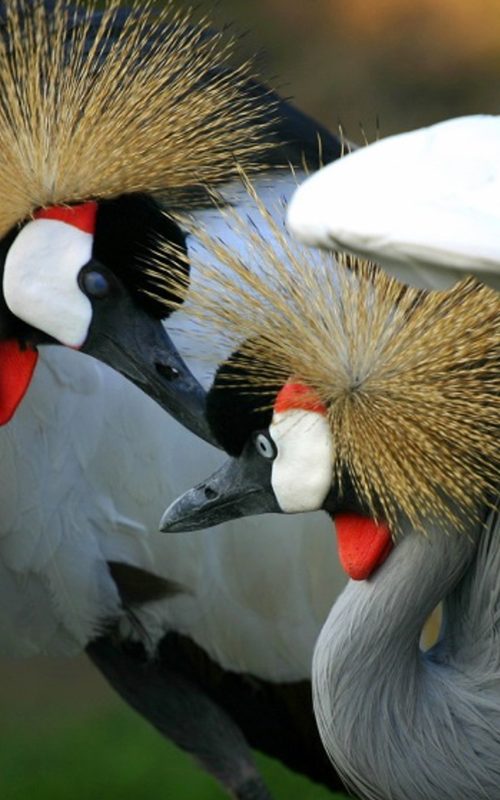 Cranes and communities: a case study in Eastern Africa
Cranes and communities: a case study in Eastern Africa
Cranes and communities: a case study in Eastern Africa
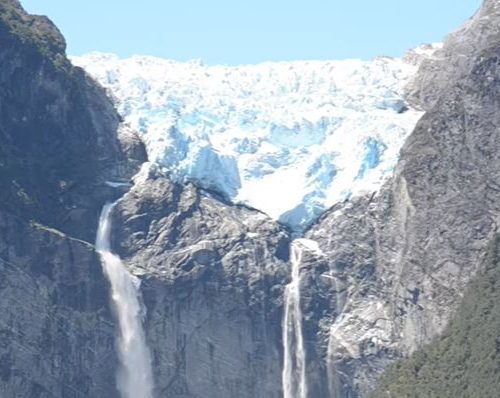 “Conservation in Practice” Video Series
“Conservation in Practice” Video Series
“Conservation in Practice” Video Series
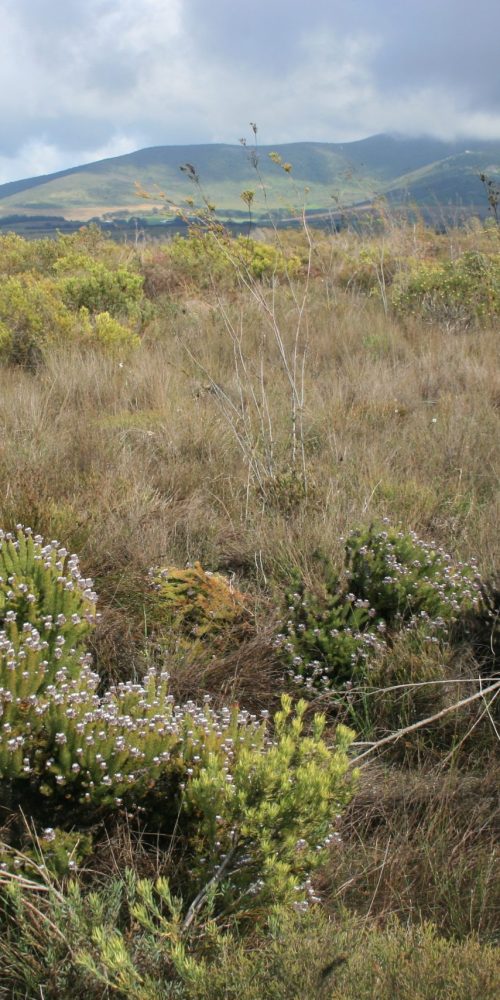 CapeNature Case Study in Protected Area Management
CapeNature Case Study in Protected Area Management
CapeNature Case Study in Protected Area Management
 Mt. Mantalingahan Protected Landscape
Mt. Mantalingahan Protected Landscape
Mt. Mantalingahan Protected Landscape
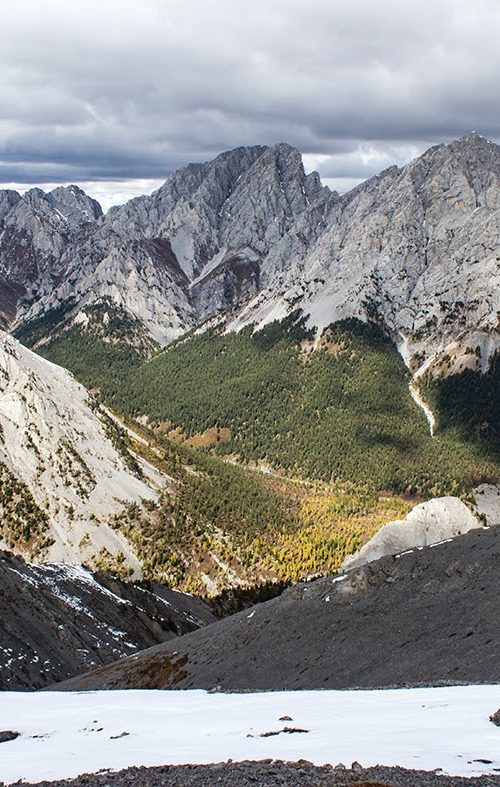 Protected Area Planning Guidance for Mongolia
Protected Area Planning Guidance for Mongolia
Protected Area Planning Guidance for Mongolia
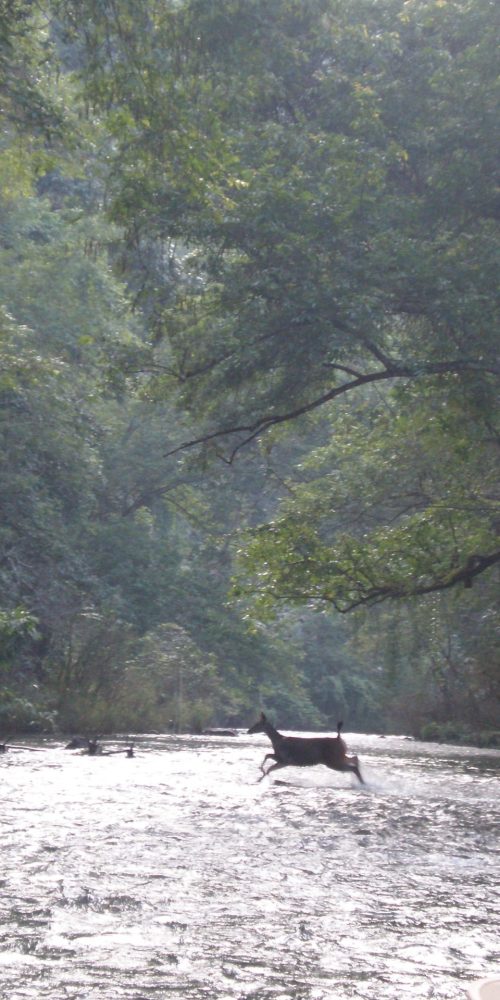 Theory of Change: a Study of Successful Use in Laos
Theory of Change: a Study of Successful Use in Laos
Theory of Change: a Study of Successful Use in Laos
Case Studies are vetted by a Review Committee composed of CMP and CCNet representatives.
If you would like to submit examples, including Case Studies, please follow the link “Submit Resources.”
Download CS
The Conservation Standards is the product of inputs, field tests, and discussions among members of the Conservation Measures Partnership (CMP), which has final editorial authority over the Conservation Standards. Substantial input was also provided by members of the Conservation Coaches Network (CCNet) and other CMP partners.
Photo Credit: Felix Cybulla
Support CS
The biodiversity conservation community is tackling large, complex, and urgent environmental problems where the stakes are high. However, we don’t have a fully functional system to assess the effectiveness of our actions. Without more rigorous measurement of effectiveness and disciplined recording of our efforts, we cannot know or demonstrate that we are achieving desired results.
Photo Credit: Felix Cybulla
Our Collaborators
Every organization, agency, project, and individual has its own preferred set of terms. There is no right answer – the most important thing is that the members of your project team and the people with whom you work have a clear and common understanding of whatever terms you choose to use.
Photo Credit: Chris Scarffe
Contact Us
To inquire about supporting Conservation Standards (CS) or for general inquiries, please contact us at CMPinfo@ConservationMeasures.org
Photo Credit: Nature Conservancy of Canada
